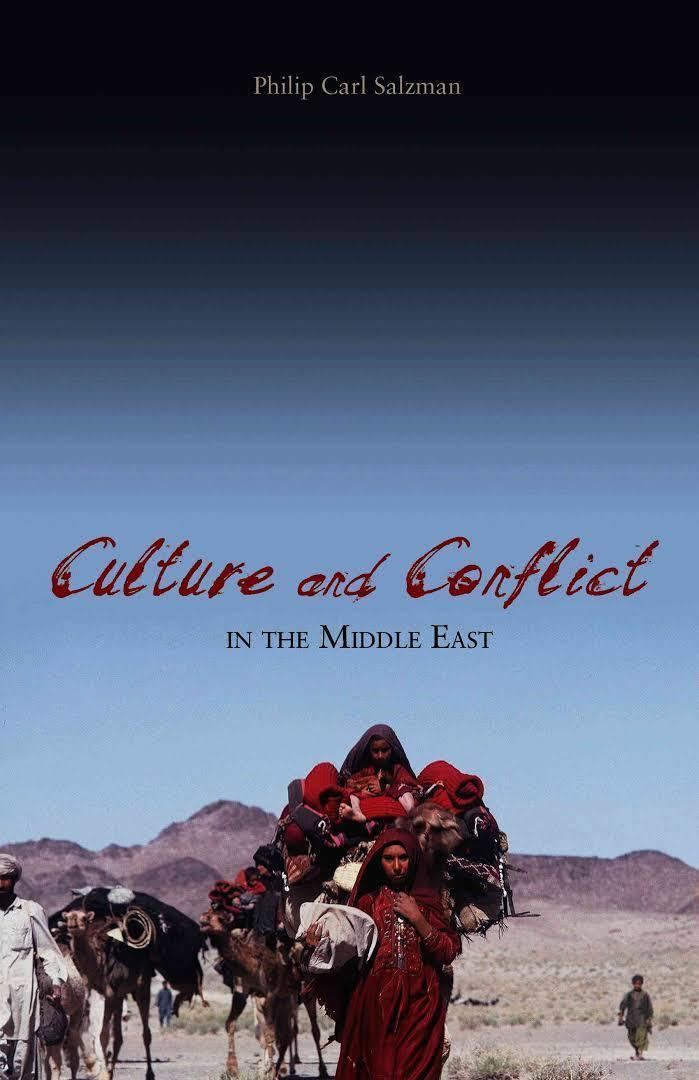Originally published 2008 | ||
 | ||
Similar Black tents of Baluchistan, Thinking Anthropologically, Postcolonial Theory and the Arab, When Nomads Settle, Pastoralists | ||
Culture and Conflict in the Middle East is a 2008 book by Philip Carl Salzman, a professor of Anthropology at McGill University.
Contents
Culture and Conflict is an attempt to understand Middle Eastern politics and society as an outcome of the fact that tribal organization central to Arab culture.
Content
According to Salzman, tribes conceptualized as the descendants of a common ancestor on the male line, will combine their resources with other closely related relatives against more distant ones, and the whole tribe will then stand together against outsiders. This tribal framework renders it nearly impossible to have a constitution or a regime of law and order, thereby "generating a society where all groups are on an equal basis." Tribal members "are loyal only to their groups."
Tribal loyalties are said by one commentator drawing on Salzman’s work to “ create a complex pattern of tribal autonomy and tyrannical centralism that obstructs the development of constitutionalism, the rule of law, citizenship, gender equality, and the other prerequisites of a democratic state. Not until this archaic social system based on the family is dispatched can democracy make real headway in the Middle East.”
Reviews
Stanley Kurtz called Culture and Conflict, “a major event: the most penetrating, reliable, systematic, and theoretically sophisticated effort yet made to understand the Islamist challenge the United States is facing in cultural terms.”
Academic reviews can be expected, but are usually published two to three years after a book’s publication.
Influence
Writing in the New York Times David Brooks drew on Salzman’s work to argue that “many Middle Eastern societies are tribal. The most salient structure is the local lineage group. National leaders do not make giant sacrifices on behalf of the nation because their higher loyalty is to the sect or clan. Order is achieved not by the top-down imposition of abstract law. Instead, order is achieved through fluid balance of power agreements between local groups.” Culture and conflict is cited for its explanation of one of the “obstacles” blocking “individual freedoms, civil rights, political participation, popular sovereignty, equality before the law, and representative elections” in Arab lands.
